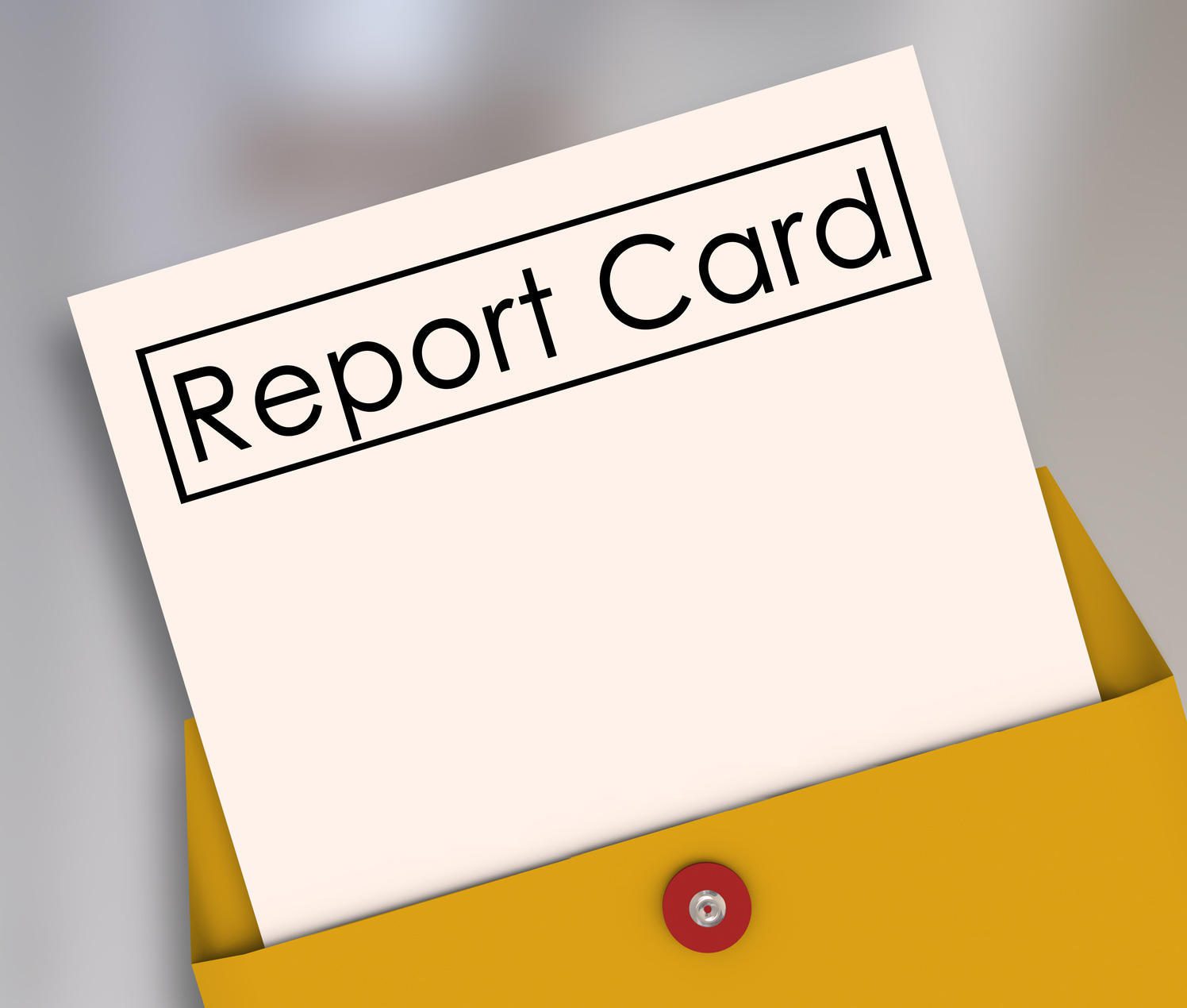การเรียนรู้แบบ Active learning สร้างขึ้นบนรากฐานของความอยากรู้อยากเห็น โชคดีที่เด็กๆ มีคุณสมบัติทั้งสองอย่างนี้โดยธรรมชาติเนื่องมาจากจินตนาการอันสดใสและจิตใจที่อยากรู้อยากเห็น พวกเขาจะสืบเสาะ พยายามทำความเข้าใจเนื้อหา และเชื่อมโยงกับสิ่งที่พวกเขารู้แล้ว แต่เมื่อเด็กๆ เริ่มเข้าเรียน ความอยากรู้อยากเห็นตามธรรมชาติของพวกเขามักจะเริ่มลดน้อยลงอันเป็นผลจากการเรียนรู้แบบ Passive learning แม้ว่าการเรียนรู้แบบ Passive learning จะมีข้อดีบางประการ แต่จำเป็นต้องส่งเสริมการเรียนรู้แบบ Active learning ให้ได้มากที่สุด
การเรียนรู้แบบ Active กับ Passive
เมื่อนักเรียนได้รับความรู้จากการอ่านและการฟัง จากนั้นจึงประเมินสิ่งที่เรียนรู้โดยไม่ได้ตรวจสอบเพิ่มเติมหรือเกี่ยวข้องกับเนื้อหานั้น เรียกว่าการเรียนรู้แบบพาสซีฟ เนื่องจากนักเรียนมีส่วนร่วมในกระบวนการเรียนรู้มากขึ้นระหว่างการเรียนรู้แบบแอคทีฟ จึงทำให้มีส่วนร่วมมากขึ้น นักเรียนจะเจาะลึกเนื้อหามากขึ้นร่วมกับครูและเพื่อนร่วมชั้น ก่อนที่จะซึมซับเนื้อหาและนำไปใช้ในชีวิตประจำวัน นักเรียนที่เรียนแบบแอคทีฟจะเข้าร่วมการอภิปรายในชั้นเรียนและกิจกรรมที่เกี่ยวข้องกับเนื้อหา ใช้เวลาศึกษาอย่างมีคุณภาพ และมักจะใช้เทคนิคการเรียนรู้ที่หลากหลายเพื่อจดจำข้อมูลไว้ เรียนรู้เพิ่มเติมเกี่ยวกับความแตกต่างระหว่างแนวทางการเรียนรู้ทั้งสองแนวทาง ตลอดจนข้อดีและข้อเสียของแต่ละแนวทางได้ที่นี่ สมองควรทำงานอยู่เสมอ พิจารณาข้อมูลใหม่ ๆ อย่างกระตือรือร้น แม้ว่าการเรียนรู้อาจเป็นแบบพาสซีฟเป็นครั้งคราวก็ตาม (เช่น การจดบันทึกขณะนั่งอยู่ในห้องเรียน)
อนุบาลถึงป.2: ส่งเสริมการเรียนรู้แบบมีส่วนร่วม
ในช่วงชั้นประถมต้น ผู้ปกครองมีบทบาทสำคัญในการกำหนดโครงสร้างและทิศทางของบุตรหลาน นักเรียนจะสืบทอดนิสัยจากชั้นเรียนเหล่านี้ ดังนั้นการพัฒนาทักษะที่จำเป็นตั้งแต่อายุยังน้อยจึงมีความสำคัญ คำแนะนำต่อไปนี้จะช่วยส่งเสริมการเรียนรู้แบบมีส่วนร่วมในช่วงปีแรกๆ:
- ถามคำถามเพื่อให้สมองของพวกเขาทำงาน สร้างการเชื่อมโยงโดยถามระหว่างทำแบบฝึกหัดว่า “คุณคิดว่าคุณอาจเรียนรู้อะไรได้บ้าง” หรือหลังจากนั้นถามว่า “สิ่งนี้ทำให้คุณนึกถึงอะไร” เพื่อส่งเสริมการไตร่ตรอง
- สร้างโอกาสทางการศึกษาที่ส่งเสริมการใช้ประสาทสัมผัสทั้งห้า
- มีส่วนร่วมในกิจกรรมการศึกษากลางแจ้ง
- เพื่อพัฒนาจินตนาการและความสามารถในการเล่าเรื่อง ให้ใช้การเล่นตามบทบาทหรือการประดิษฐ์
- โดยอาศัยการลองผิดลองถูก การสร้างบล็อคข้อมูลจะช่วยในการพัฒนาทักษะการแก้ปัญหา ตลอดจนการรับรู้ความสัมพันธ์เชิงพื้นที่ น้ำหนักสัมพันธ์ ขนาด และความสมดุล
ส่งเสริมการเรียนรู้ที่กระตือรือร้นตั้งแต่ชั้นประถมศึกษาปีที่ 3 ถึงปีที่ 8
ชั้นประถมศึกษาปีที่ 3 ถึงปีที่ 8 มีความสำคัญอย่างยิ่งต่อการพัฒนาและความก้าวหน้า เพื่อเลื่อนชั้นได้อย่างมีประสิทธิภาพ นักเรียนจะต้องอาศัยทักษะที่ได้มาก่อนหน้านี้ ตลอดจนใช้กลยุทธ์การเรียนรู้ใหม่ๆ ในบริบทใหม่ๆ อย่างสม่ำเสมอ เมื่อเกิดปัญหา ควรขอความช่วยเหลือทันที ต่อไปนี้คือคำแนะนำบางประการสำหรับปีที่สำคัญเหล่านี้: เราได้รวบรวมรายการคำถามที่คุณอาจถามลูกของคุณหลังเลิกเรียนเพื่อกระตุ้นให้เกิดการสนทนาเชิงลึกเกี่ยวกับโรงเรียนและการเรียนรู้
- รวมถึงกิจกรรมการเรียนรู้เชิงโต้ตอบทางกายภาพมากขึ้น เช่น เกม โปรเจ็กต์ปฏิบัติจริง การทดลองทางวิทยาศาสตร์ และการสร้างแบบจำลอง
- กระตุ้นให้เพื่อนและเพื่อนร่วมชั้นพูดคุยเกี่ยวกับการอ่าน นักเรียนบางคนเรียนรู้ได้อย่างมีประสิทธิภาพมากขึ้นเมื่อได้รับคำแนะนำจากคนอื่น!
- แผนภาพ การนำเสนอแบบมัลติมีเดีย และแบบฝึกหัดแก้ปัญหาสามารถกระตุ้นสมองและเพิ่มการมีส่วนร่วมของนักเรียนได้
- ใช้วัฒนธรรมป๊อป ดนตรี และศิลปะเพื่อช่วยให้นักเรียนเชื่อมโยงข้อมูลกับสิ่งที่พวกเขารู้แล้ว
- ส่งเสริมการเรียนรู้เชิงรุกตั้งแต่เกรด 9–12 ในโรงเรียนมัธยมศึกษาตอนปลาย
ทุกเกรดมีความสำคัญในโรงเรียนมัธยม และเด็กๆ ต้องเผชิญกับแรงกดดันมากมายในการได้คะแนนสูงสุดเท่าที่จะทำได้ นักเรียนควรแสวงหาวิธีการและข้อเสนอแนะเพื่อทำให้การเรียนและการเรียนรู้เป็นเรื่องง่ายขึ้น เพราะแบบทดสอบ การบ้าน เรียงความ และการทดสอบทุกแบบล้วนมีความสำคัญ การเรียนรู้แบบมีส่วนร่วมทำให้การเรียนง่ายขึ้นและช่วยให้นักเรียนใช้เวลาในชั้นเรียนได้อย่างคุ้มค่าที่สุด
วัยรุ่นสามารถเรียนรู้ได้อย่างกระตือรือร้นมากขึ้นโดย:
ก่อนเรียนบทเรียนต่อไป ทุกคนควรทบทวนสิ่งที่เรียนรู้ในบทเรียนก่อนหน้า ซึ่งจะช่วยเตรียมสมองให้พร้อมสำหรับข้อมูลใหม่และช่วยให้ประเมินเนื้อหาได้!
- มีส่วนร่วมในการอภิปรายในชั้นเรียนแม้จะไม่มีคำตอบที่ถูกต้อง พวกเขาสามารถคิดอย่างกระตือรือร้นและตั้งใจฟังในชั้นเรียนได้
- การจดบันทึกด้วยมือ แม้ในยุคดิจิทัล การจดบันทึกการเรียนด้วยมือก็มีข้อดีหลายประการ
- การค้นหาความเชื่อมโยงหรือรูปแบบด้วยเนื้อหาที่เรียนรู้มาก่อน
- การกำหนดวัตถุประสงค์ทางวิชาการ นักเรียนสามารถรับผิดชอบการเรียนของตนเองและเตรียมพร้อมสำหรับการทดสอบและโครงการต่างๆ ที่จะเกิดขึ้นได้มากขึ้นโดยการวางแผนล่วงหน้าและถามว่า "อะไรต่อไป"
สรุปแล้ว การมีส่วนร่วมเป็นสิ่งสำคัญ!
การเรียนรู้แบบ Active learning จะต้องเป็นส่วนหนึ่งของชีวิตประจำวันของนักเรียนทั้งภายในและภายนอกห้องเรียนเพื่อให้นักเรียนมีส่วนร่วมในกระบวนการเรียนรู้ การมีส่วนร่วมจะกระตุ้นให้นักเรียนคิดอย่างมีวิจารณญาณ ใส่ใจมากขึ้น และมีสมาธิมากขึ้น นอกจากนี้ยังส่งเสริมการเรียนรู้ที่สำคัญอีกด้วย หากคุณสนใจที่จะเรียนรู้เพิ่มเติมเกี่ยวกับวิธีที่ TigeCampus Learning สามารถทำให้บุตรหลานของคุณเป็นผู้เรียนที่กระตือรือร้นมากขึ้น และช่วยให้พวกเขาได้รับประโยชน์สูงสุดจากการศึกษา โปรดติดต่อเราทันที!
ตรวจสอบเราที่ www.tigercampus.com.my
ลงทะเบียนทดลองใช้งานฟรีวันนี้!: https://www.tigercampus.com.my/free-trial/
ติดต่อเราทาง Whatsapp เพื่อสอบถามข้อมูลทันที: +6016-247 3404 https://wa.link/avrou0







